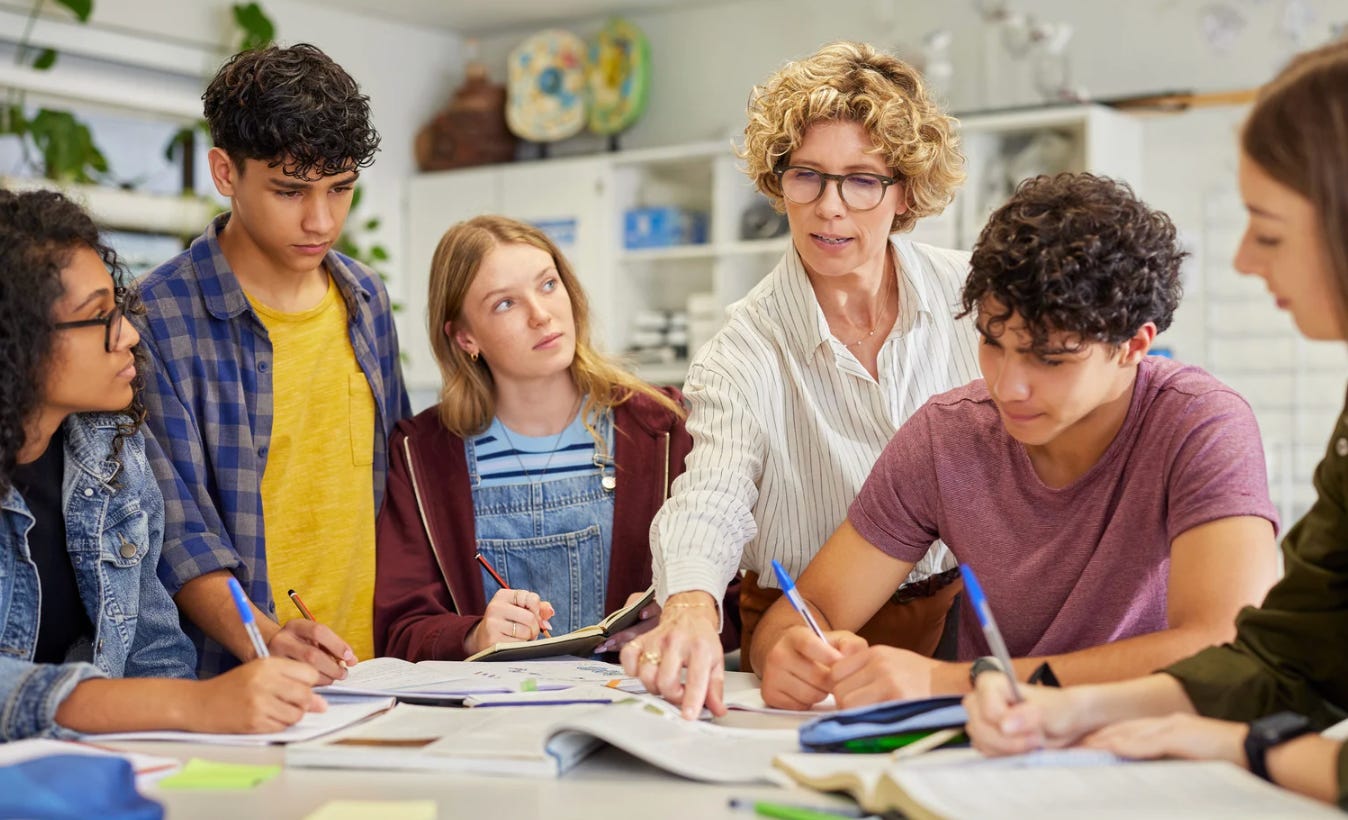My own learning experience and what I’ve seen from my students tells me that if I want to learn something, I should teach it. If I want my students to learn something, I should have them teach it to another student. Adam Grant backs this up with research in his most recent book, Hidden Potential. He shares powerful examples that show us the best way to deepen understanding is to teach what you are learning.
When we explain a concept to someone else, we organize our thinking, fill in gaps, and strengthen our memory. In classrooms with Multilingual Learners, this idea is gold. Here’s how it can come alive in classrooms.
1. Let Multilingual Learners be the teachers
When students teach peers a word or concept from their home language or culture, they are not just sharing knowledge; they are claiming expertise. It builds pride, connection, and cross-cultural awareness.
How to try it:
Choose a unit with key vocabulary or big ideas.
Ask MLs to share how one or two of those words are expressed in their dominant language.
Invite them to explain the meaning or cultural context behind the word.
Display both the English and home-language terms on the wall or in a class glossary.
Celebrate linguistic diversity by referring back to those terms throughout the unit.
2. Turn learning into teaching
After mastering a concept, have Multilingual Learners lead mini lessons or how-to demonstrations. Teaching a process, such as the steps of a science experiment or how to summarize a story, helps them internalize academic English while giving them a visible role of authority.
How to try it:
Identify small parts of a lesson that students can explain to others, such as “how to find the main idea.”
Give them a simple structure: First, Next, Then, Finally.
Provide visuals or sentence frames to support their explanations.
Let them present in pairs or small groups for confidence.
Offer feedback that focuses on clarity and courage, not just correctness.
3. Use teach-backs in group work
In cooperative learning, assign Multilingual Learners to explain their group’s findings to the class. With visual supports and sentence frames, they practice real communication skills in a meaningful, supported way.
How to try it:
After group discussions, ask each team to choose a spokesperson.
Give MLs clear supports: a sentence starter like “Our group discovered that…” and a visual aid.
Encourage peers to listen actively and ask one follow-up question.
Rotate this role so every ML has multiple chances to speak publicly in low-stakes settings.
End with brief reflections on what they learned by teaching others.
How have you incorporated students teaching each other in the classroom?
Please press “like” if this is helpful to you!






